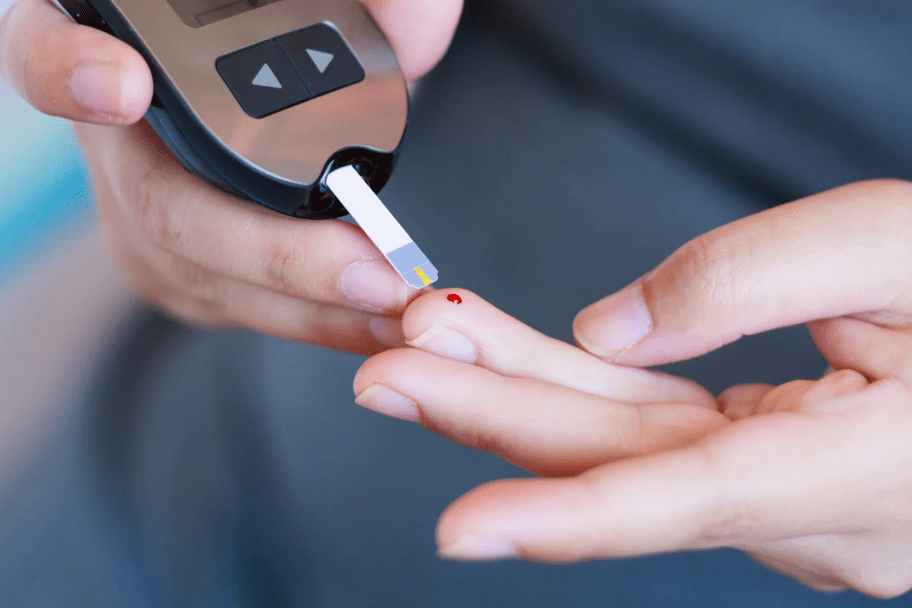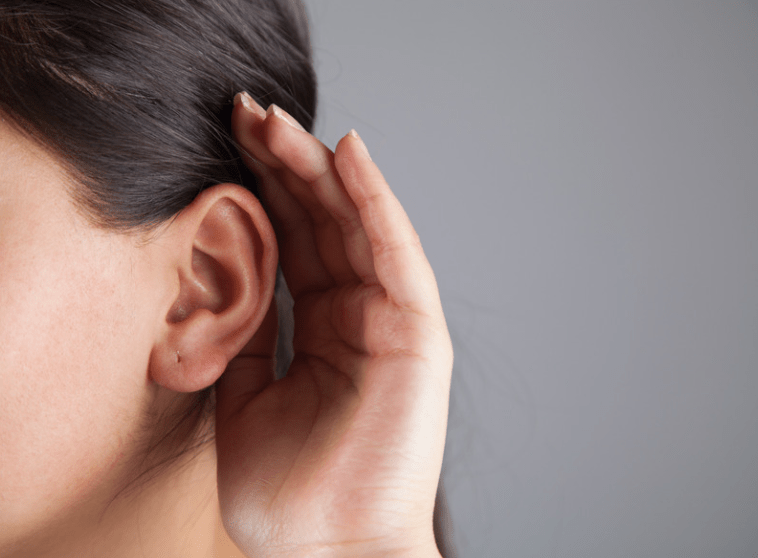VETERANS HELP GROUP
We Will Fight For you
Top 10 VA Disability Claims to Get Service Connection
Many different medical conditions can be service-connected, and military veterans receive VA disability benefits for a huge number of different conditions. However, some conditions are much more common than others. In 2022, just 10 medical conditions accounted for more than 40% of new veterans disability benefits recipients.
Here are the 10 most common conditions new recipients received veterans benefits for:
- Tinnitus: Nearly 10% of new recipients of VA disability benefits in 2022 received benefits for tinnitus. Tinnitus causes a ringing, buzzing, or other persistent sound in the ears, not caused by external noise. Tinnitus is common in veterans, as high-level noise exposure such as ordnance exploding, gunfire, helicopters, and other conditions common to many on active duty are risk factors for the condition. Tinnitus may also be connected to certain types of head and neck injuries.
- Limitation of flexion of the knee: 6.7% of new disability recipients in 2022 received benefits for limitation of flexion of the knee. The rating for this condition depends on the degree of limitation and ranges from 30-60%. Veterans are statistically more likely to have musculoskeletal disorders, including knee problems, and to experience those disorders at a younger age.
- Lumbosacral or cervical strain: More than 5% of new VA disability recipients in 2022 receive benefits for lumbosacral (lower back) strain or cervical (the area around the cervical spine) strain. While most cases of both of these types of injuries resolve fairly quickly, the VA does recognize both conditions as disabilities and rates them based on the severity of the injury.
- Limitation of motion of the arm: 4.5% of new recipients in 2022 received benefits for limitation of motion in the arm. This condition may be rated at 20%, 30% or 40%, depending on the degree of limitation.
- Burn scars (2nd degree): 4% of new VA disability recipients in 2022 are receiving benefits for burn scars. Depending on the number, size, and location of scars, the veteran may receive a disability rating of 10%, 30%, 50% or 80%. Members of the military may sustain burns leading to scars in a variety of ways, including exposure to explosive devices, shrapnel fragments, and caustic chemicals.
- Hearing loss: 3.7% of new recipients in 2022 received benefits for hearing loss. Hearing loss is common among veterans because of the exposure to high noise levels, including gunfire, explosions, and noise generated by equipment such as tanks and helicopters. Hearing loss claims require examination by a licensed audiologist, and may result in a disability rating from 0% to 100%.
- Limitation of motion of the ankle: 3.5% of new recipients in 2022 received benefits for limitation of motion in the ankle. This condition itself may not be rated higher than 20%, but ankylosis of the ankle may result in a higher rating.
- Paralysis of the sciatic nerve: 3.2% of new recipients in 2022 received benefits for sciatic nerve paralysis. Paralysis may be partial or complete. Depending on the degree of paralysis, the condition may result in a disability rating of 20%, 40%, 60% or 80%.
- Migraine: 3.0% of new recipients in 2022 received benefits for migraine. Migraine headaches can be service-connected in many ways since they can result from stress, sleep deprivation, toxic exposures, and head injuries.
- PTSD: 2.9% of new recipients in 2022 received benefits for post-traumatic stress disorder (PTSD). That’s actually lower than the rate of PTSD among veterans, which is believed to be about 7%. PTSD doesn’t have its own rating schedule but is evaluated under the general criteria for mental disorders.
These 10 conditions alone accounted for 938,308 new VA disability recipients in 2022. Still, these conditions make up a small fraction of the total number and combination of conditions that can lead to a VA disability rating and veterans benefits including a monthly benefits payment, medical care, and in some cases even educational benefits and healthcare coverage for dependents. More than 1,000,000 veterans started receiving benefits for other conditions in 2022 alone.
The 10 most common conditions among all veterans receiving VA disability benefits are nearly the same as those listed above, meaning that these same conditions have been the most common over time. The only differences are that general scars rather than burn scars made the list, and the order of the conditions is different.
Across the nearly 34,000,000 veterans currently receiving VA disability benefits, fewer than 40% are receiving benefits for one of the 10 most common conditions.
Your VA Disability Claim
Regardless of the condition your claim is based on, you will have to prove both that your medical condition is service-connected and the nature and degree of the condition. Some conditions are presumed service-connected for veterans who served in certain locations during certain times, or who performed certain types of work in the military. But, in most cases, it will be up to you to establish a nexus between your military service and the limitations you face today.
You will also be required to provide medical records supporting your diagnosis and the extent of your symptoms and limitations and may be asked to undergo a medical examination, known as a Compensation & Pension (C&P) exam. The process can be daunting, and failing to provide the right information can delay your claim or result in a denial.
Whether you are just preparing to file your claim for VA disability benefits, have filed a claim and been denied, or have filed a claim and received a disability rating that is lower than you think is appropriate, an experienced veterans disability benefits advocate can be your best resource.
Veterans Help Group is Here for You
At Veterans Help Group, our advocates have helped thousands of disabled veterans and their family members secure the benefits they deserve. Our advocates have a solid understanding of both the VA claim and appeal procedures and the substantive evidence required to establish a claim.
To learn more about how we can help you put together a strong claim, or fight a denial or inappropriate disability rating, just call 855-855-8992 right now, or fill out our contact form here and we’ll reach out to you.
WHAT OUR CLIENTS SAY
FREE CASE EVALUATION
"*" indicates required fields







